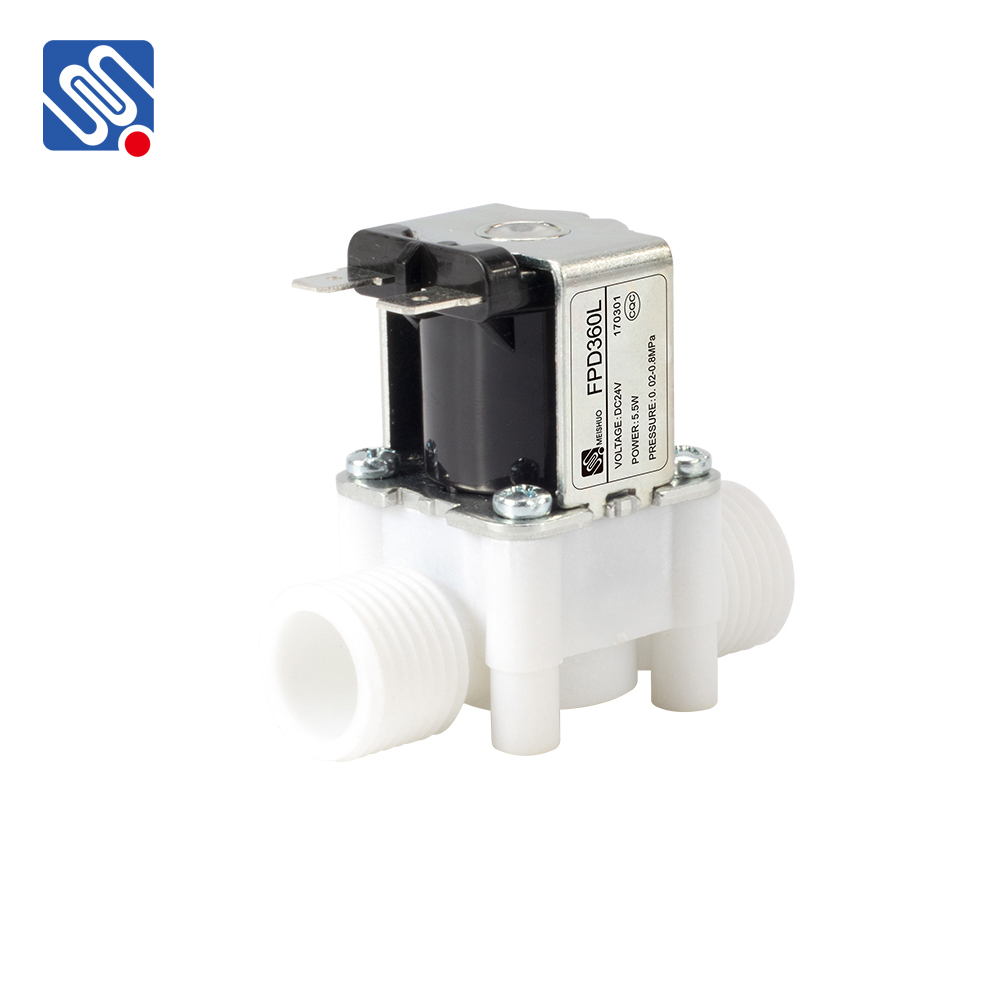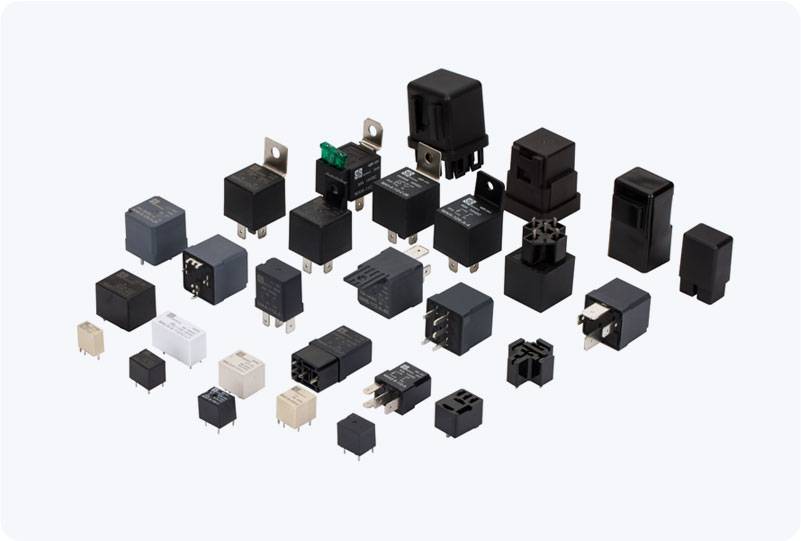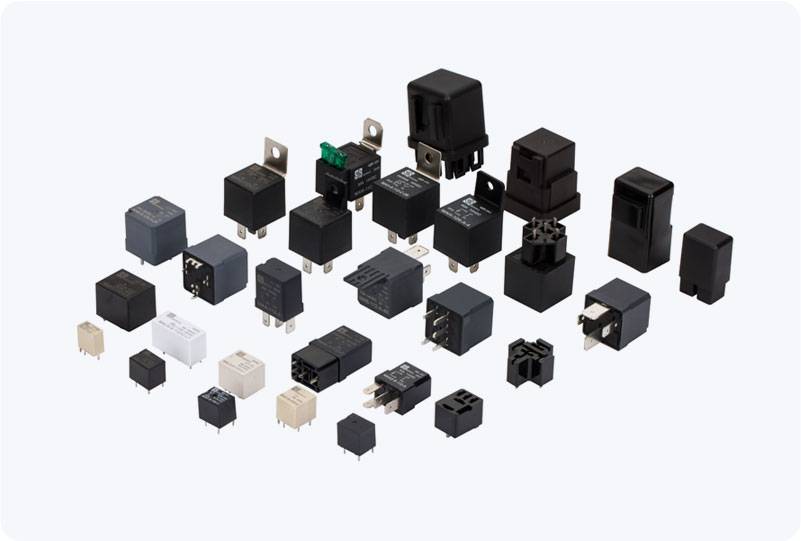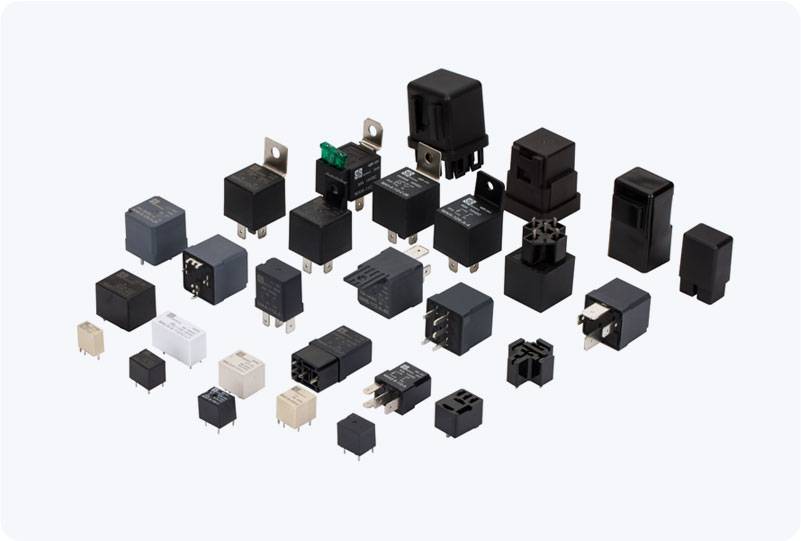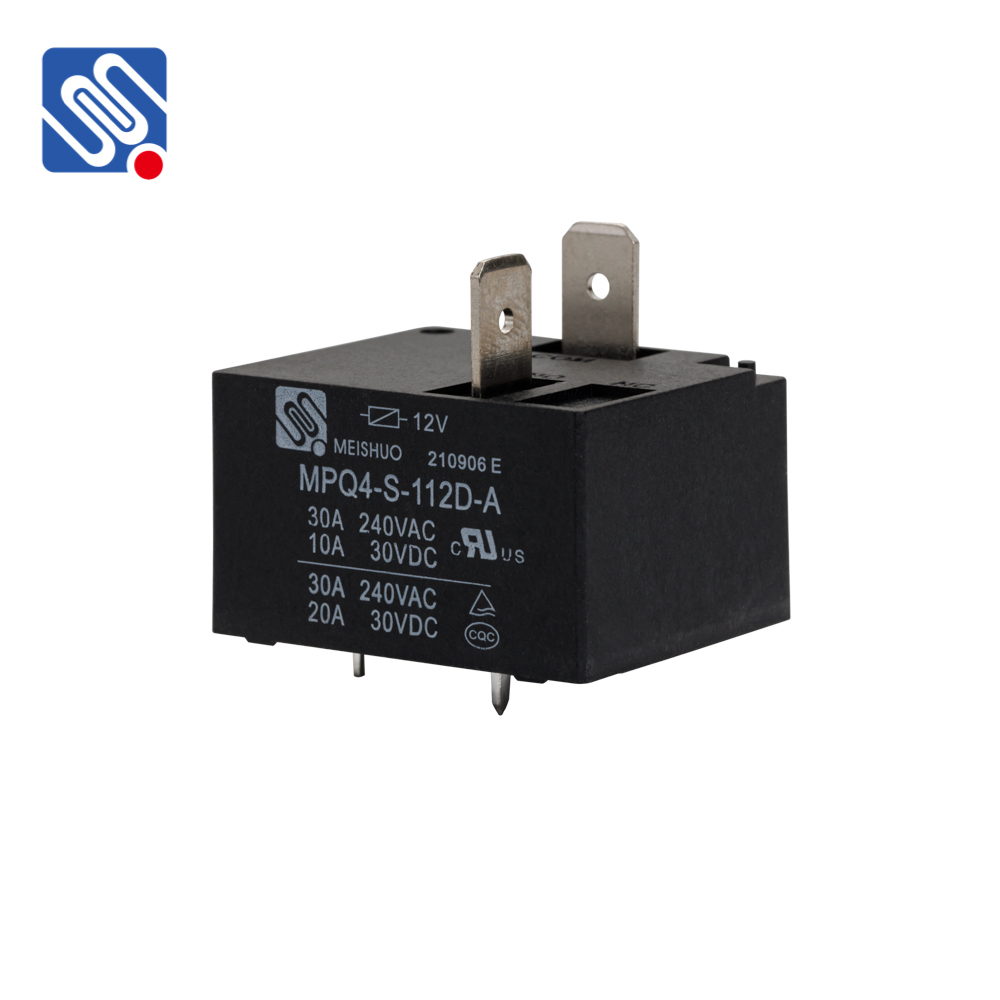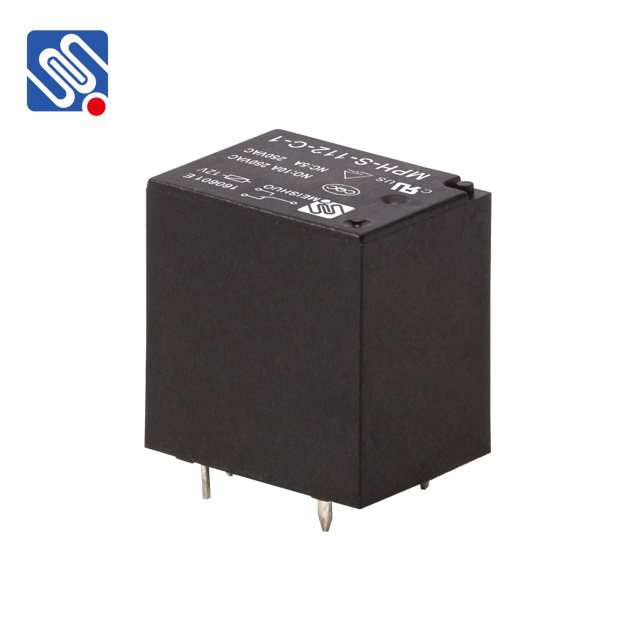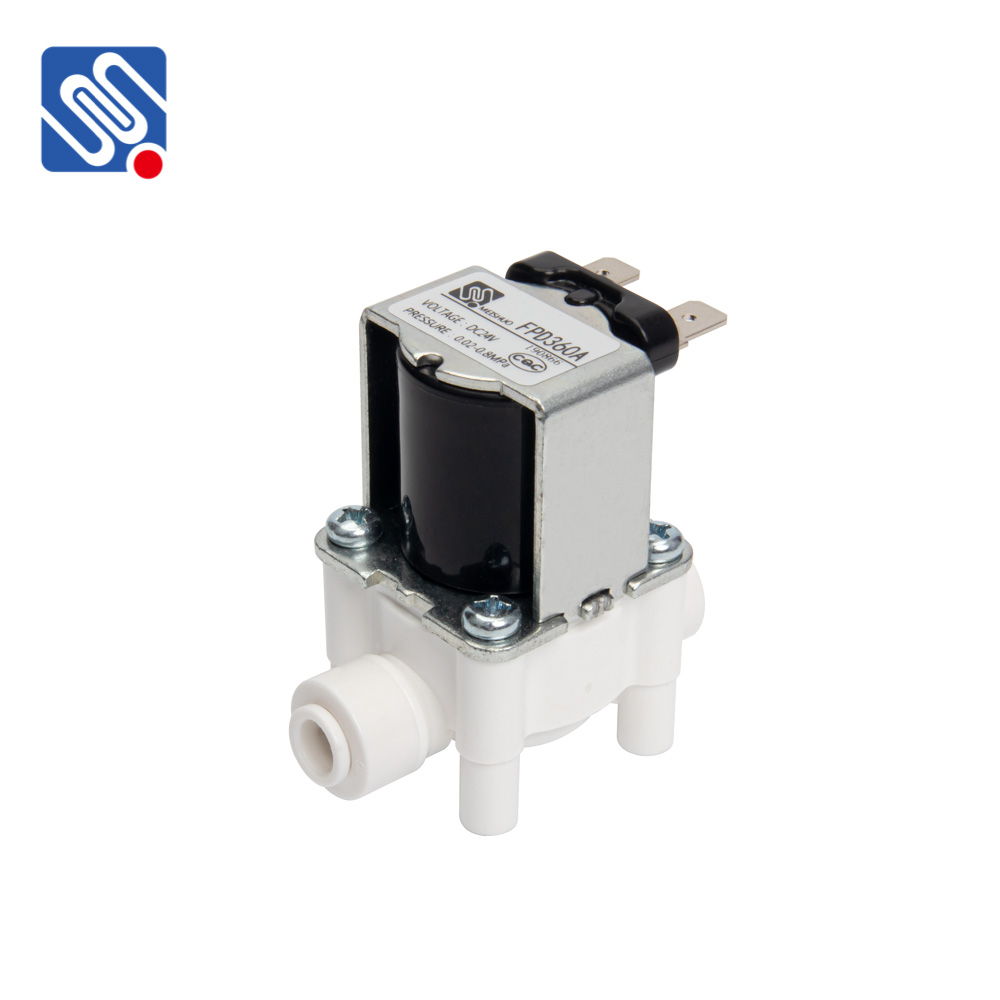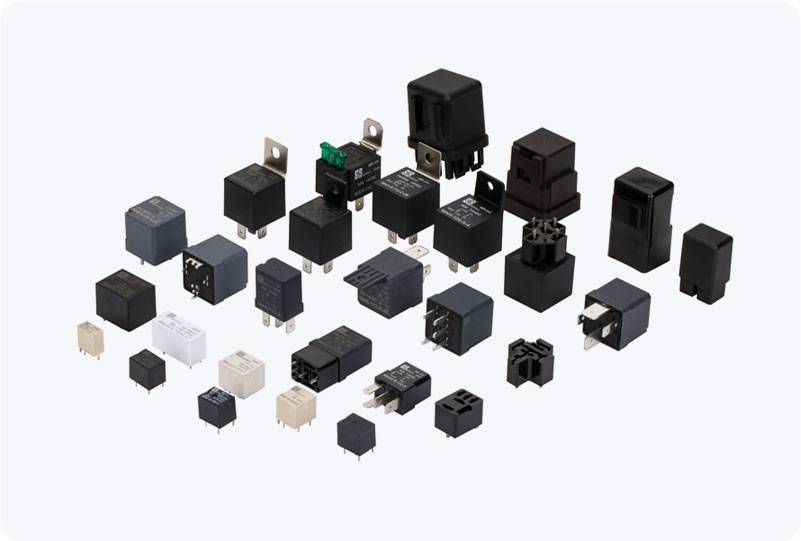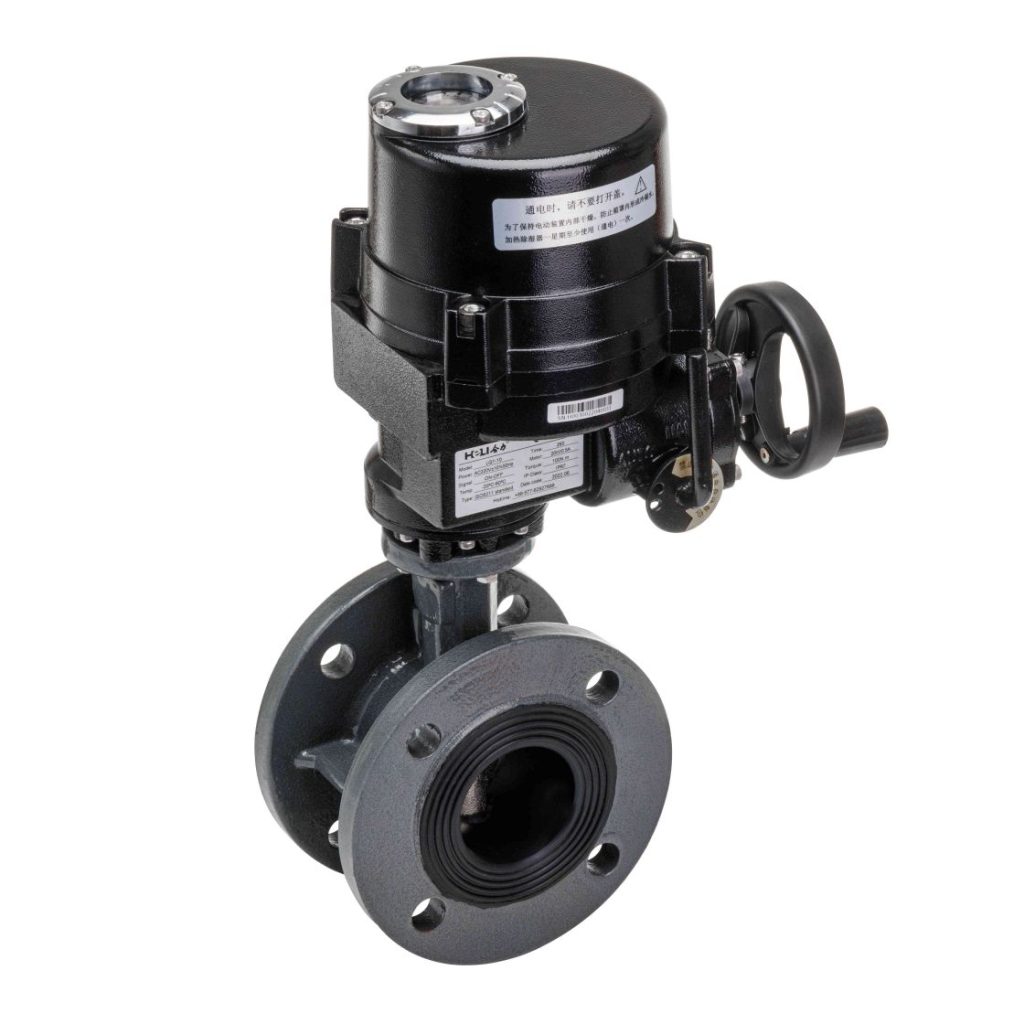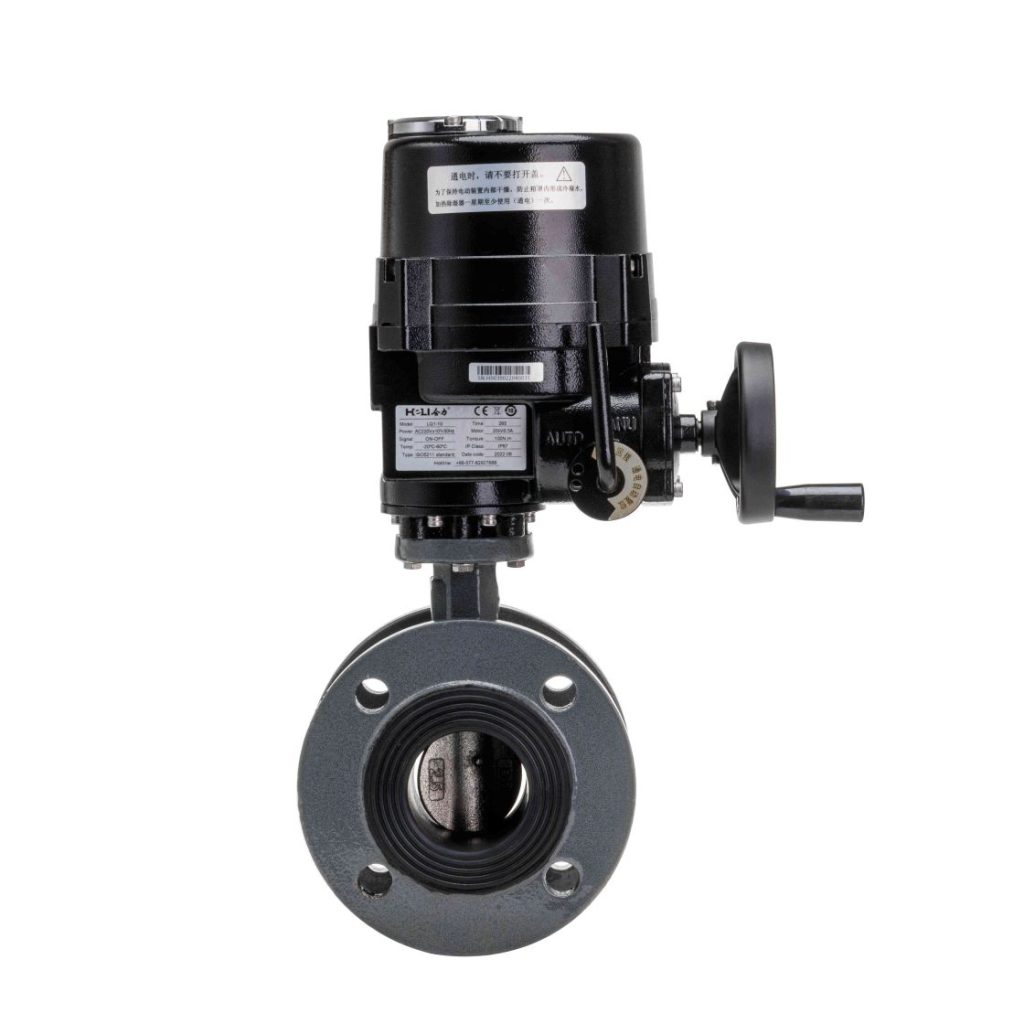Understanding the Importance of Non-toxic Solenoid Valves in Critical Applications

Non-toxic solenoid valves are a vital component in various industries that require the control of fluid or gas flow without compromising safety or quality. These valves are specifically designed to prevent the contamination of sensitive fluids, making them crucial in sectors such as food and beverage, healthcare, and environmental protection. This article will delve into the significance of non-toxic solenoid valves, their applications, and the materials that make them essential for ensuring clean, safe, and reliable fluid management. What is a Non-toxic Solenoid Valve? A solenoid valve is an electromechanically operated valve used to control the flow of liquids or gases. The valve is controlled by an electrical current, which operates the solenoid to open or close the valve. Non-toxic solenoid valves, as the name suggests, are built using materials that are free from harmful chemicals or toxins, ensuring that no harmful substances leach into the fluids or gases they control. These valves are typically constructed from food-grade stainless steel, non-toxic rubber seals, and other materials that meet stringent health and safety regulations.
